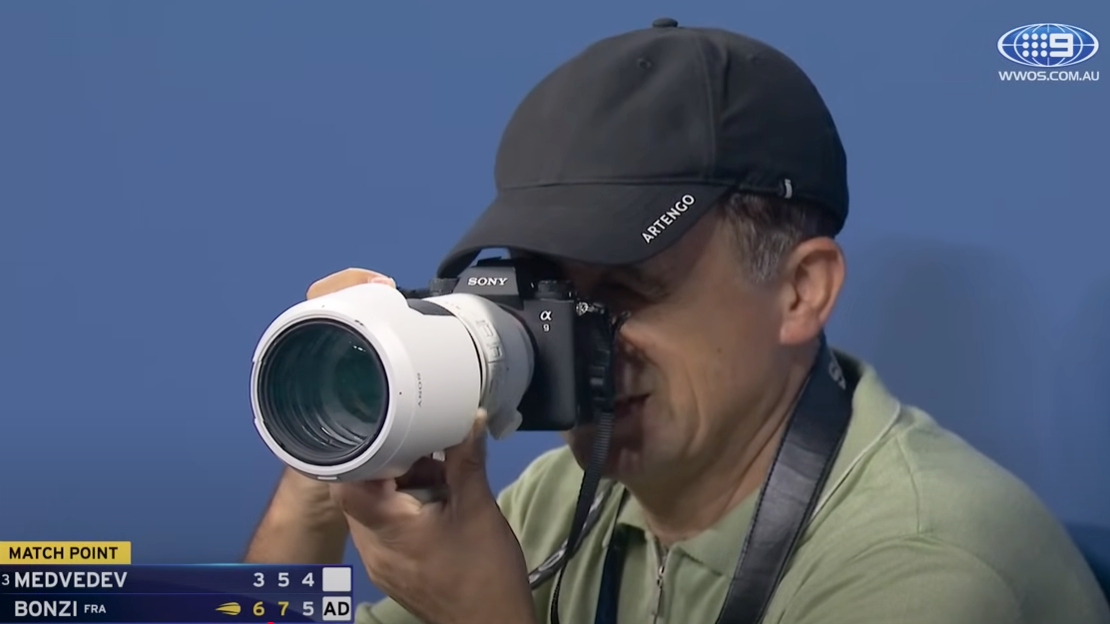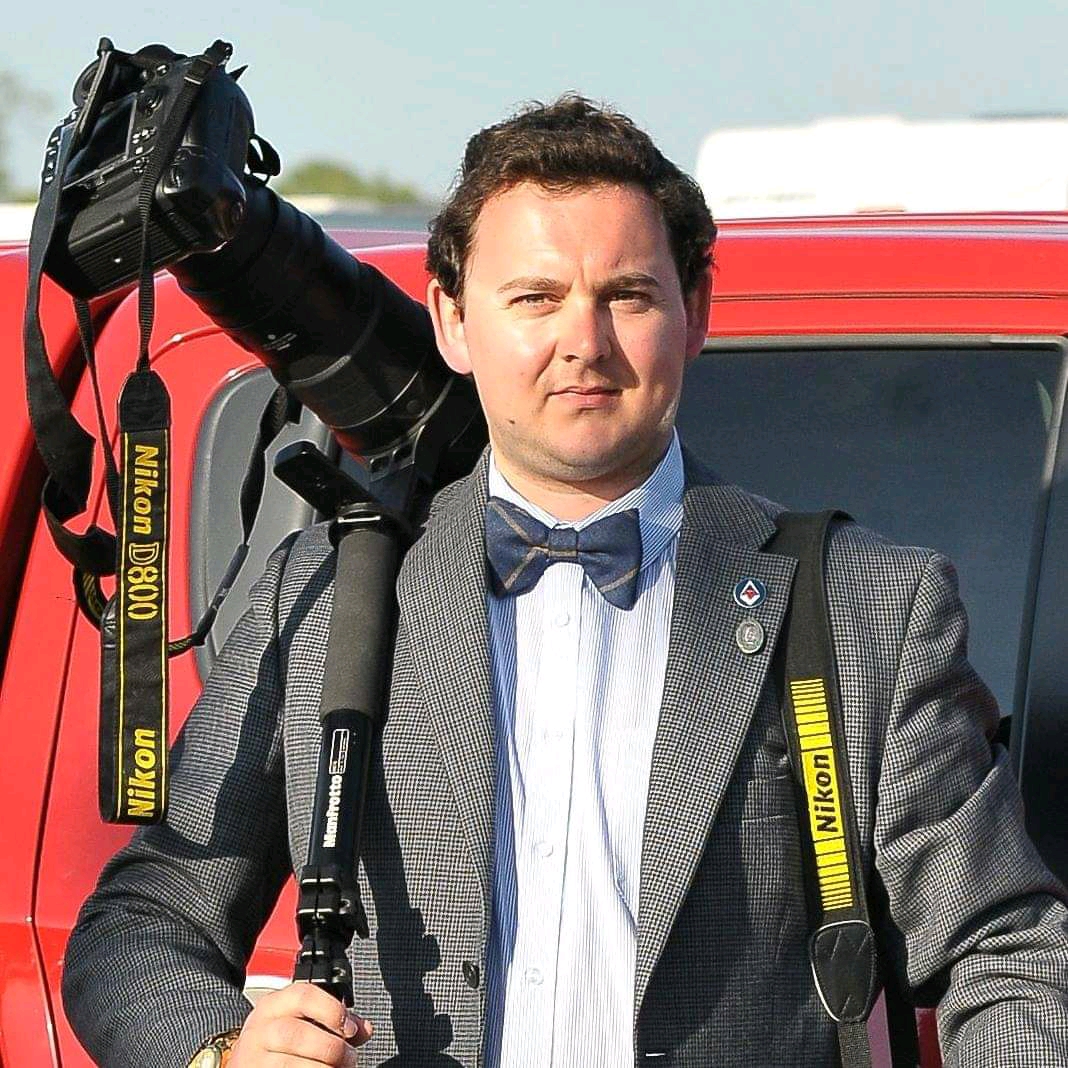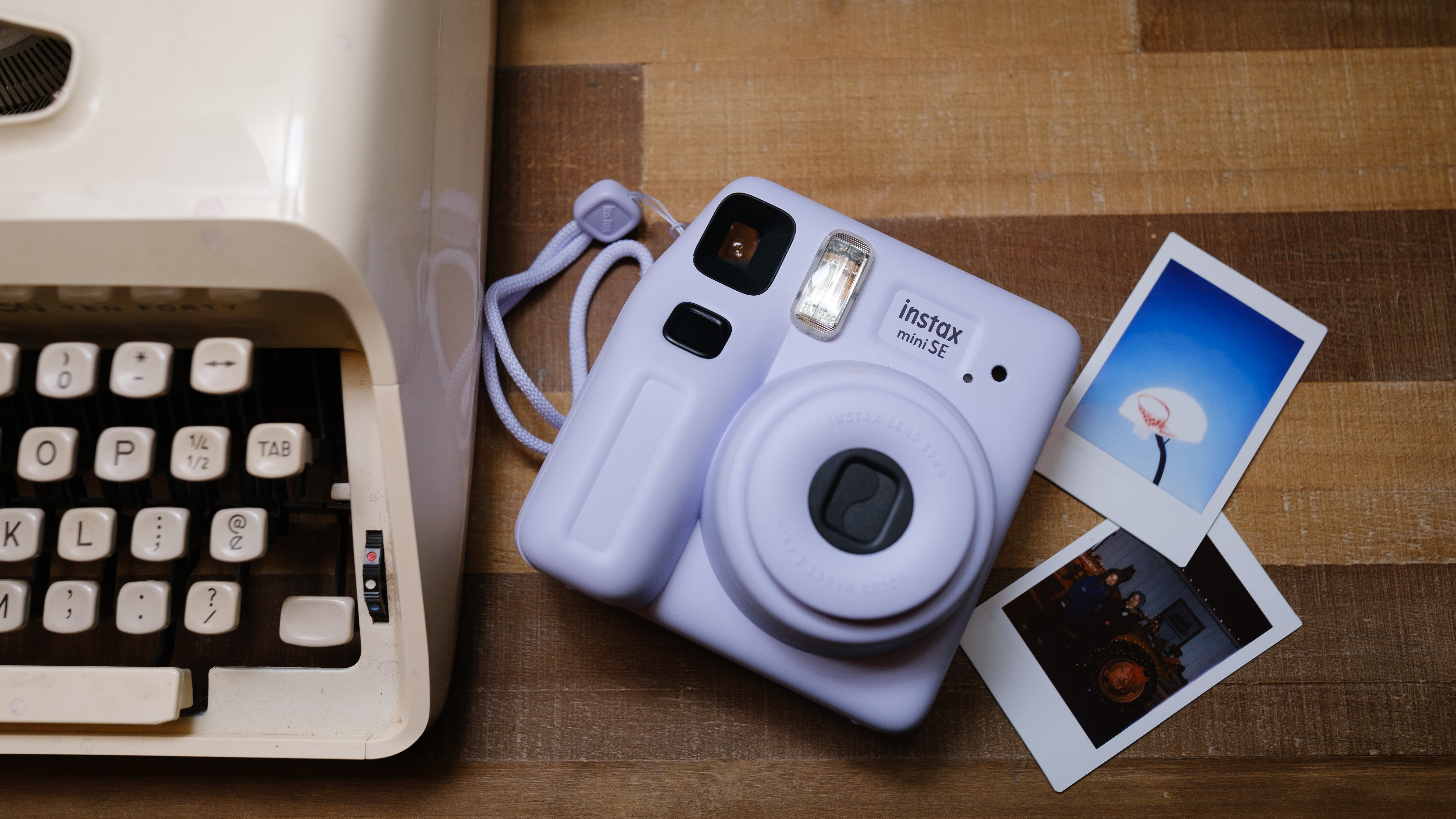Photographer Selcuk Acar calls himself the “victim” in the center of US Open tennis chaos, but I think he's clearly in the wrong!
Daniil Medvedev explodes after photographer steps onto court at match point

The U.S. Open witnessed a moment of pure chaos on Sunday night when Daniil Medvedev erupted in fury after photographer Selcuk Acar stepped onto the tennis court mid-serve, sparking a seven-minute standoff that overshadowed Benjamin Bonzi’s first-round victory.
The man at the center of it all, freelance photojournalist Selcuk Acar, now finds himself without accreditation and at the heart of a heated debate about professionalism, responsibility, and the fine line sports photographers walk when working at the highest level.
You can see the full chaos unfold in the video below:
The incident unfolded during a tense third set on Louis Armstrong Stadium. With Bonzi serving on match point, Acar entered the court, interrupting play and prompting chair umpire Greg Allensworth to award Bonzi another first serve. Medvedev, the 13th seed, was incensed, directing his anger at the umpire and rallying the crowd in protest. Arms raised, he tried to whip up boos, delaying play for nearly seven minutes in a dramatic scene that quickly went viral.
Acar, however, insists he is the victim of a misunderstanding. Speaking to the Daily Mail, he claimed a security official told him:
“The match is stopped,” before he entered the court, adding that cameras would show him following instructions. “This incident has already turned into a lynching, and although I’m innocent, I’ve suffered greatly,” he said. With a résumé that includes NATO summits, presidential visits, and the FIFA World Cup, Acar stressed he is not the type of professional to make “such a mistake.”
The United States Tennis Association saw it differently. In a statement released to media, the USTA confirmed Acar had been told to stay in position and ignored instructions from both security and the umpire. His credential for the tournament was revoked immediately.
“The photographer disregarded these instructions and improperly entered the court between serves on match point,” the statement read.
The best camera deals, reviews, product advice, and unmissable photography news, direct to your inbox!
As someone who spent two decades photographing international sport, I find the issue clear-cut. Every major event has a press briefing. You are told the go and no-go zones, the rules on equipment, and - crucially - what you can and cannot do during live play. These aren’t vague guidelines; they are hard lines designed to protect the integrity of the sport.
Common sense dictates that if the game is live, you stay put. Only when play is stopped do you move. Having watched the footage back, I believe Acar was at fault. Mistakes happen, but when you are a freelancer, you know the stakes. You follow the rules to the letter and always err on the side of caution. If you don’t, you accept the consequences - up to and including being asked to leave.
For Medvedev, the moment was another flashpoint in a career marked by combustible exchanges with crowds and officials. For Acar, it has become a costly lesson in the unforgiving spotlight of Grand Slam tennis, and for those of us who’ve lived behind the lens in the world of sport, it’s a stark reminder: you may be there to get the picture, but the play always comes first.

For nearly two decades Sebastian's work has been published internationally. Originally specializing in Equestrianism, his visuals have been used by the leading names in the equestrian industry such as The Fédération Equestre Internationale (FEI), The Jockey Club, Horse & Hound, and many more for various advertising campaigns, books, and pre/post-event highlights.
He is a Fellow of the Royal Society of Arts, holds a Foundation Degree in Equitation Science, and holds a Master of Arts in Publishing. He is a member of Nikon NPS and has been a Nikon user since his film days using a Nikon F5. He saw the digital transition with Nikon's D series cameras and is still, to this day, the youngest member to be elected into BEWA, the British Equestrian Writers' Association.
He is familiar with and shows great interest in 35mm, medium, and large-format photography, using products by Leica, Phase One, Hasselblad, Alpa, and Sinar. Sebastian has also used many cinema cameras from Sony, RED, ARRI, and everything in between. He now spends his spare time using his trusted Leica M-E or Leica M2, shooting Street/Documentary photography as he sees it, usually in Black and White.
You must confirm your public display name before commenting
Please logout and then login again, you will then be prompted to enter your display name.

